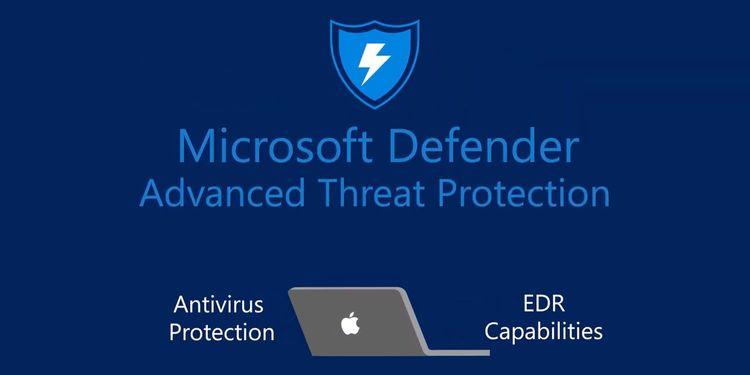Forensic Workstation/Lab (pt. 1 Overview)

Part 1: Overview
Part 2: pfSense
I ran across Hacking&Coffee's post Red Team Laptop & Infrastructure (pt 1: Architecture) during research for SIFT Workstations and virtual technology. The blog post goes into great degree of explaining the overall architecture of the system which contains the following VMs:
- pfSense
- Windows (Corp related stuff)
- Attack VMs (kali)
- Untrusted VMs (basically non-related Corp stuff)
Each set of VMs is setup in different security zones connected to pfSense. pfSense provides excellent traffic segregation and enforces traffic where it needs to go. What I do enjoy about this setup is the ability to scale it up using other network, local, or cloud resources providing complete control over traffic paths.
I had been looking for a Forensic Workstation/Lab when I found the post and decided to do something similar for forensics (or even 'blue team' stuff) in relation to the same context as from this site. I decided my list of requirements would be as follows:
- Segregated VM zones through pfSense
- Primary VM (s) (similar to the Corp above) -- probably one Windows and one Linux
- Ephemeral VMs:
- SIFT Workstation VM(s)
- REMnux VM(s)
- BlackArch/Kali VM(s)
- General Linux VMs
- Ability to spin-up VMs as required
- Some VMs should completely destroy themselves with ease
- Local storage connected to VMs as required for evidence gathering
Why would I want 'ephemeral' VMs? I think this provides the best way to keep each different class of VM clean every time without dealing with extra cleanup states and configurations.
Currently, I am looking at a few different technologies to accomplish this task:
- Vagrant - VM orchestration
- Ansible - VM configuration/control
- Docker - ephemeral VMs/light weight
In the article above, they use cloned-linked VMs to save space; however, I really want even smaller footprints which is why I want to use Docker. REMux does run some tools inside of docker already within the VM and I need to see how this will work with Docker-in-Docker problem.
More to follow as I decide my overall layout of the VMs and tools to use.




